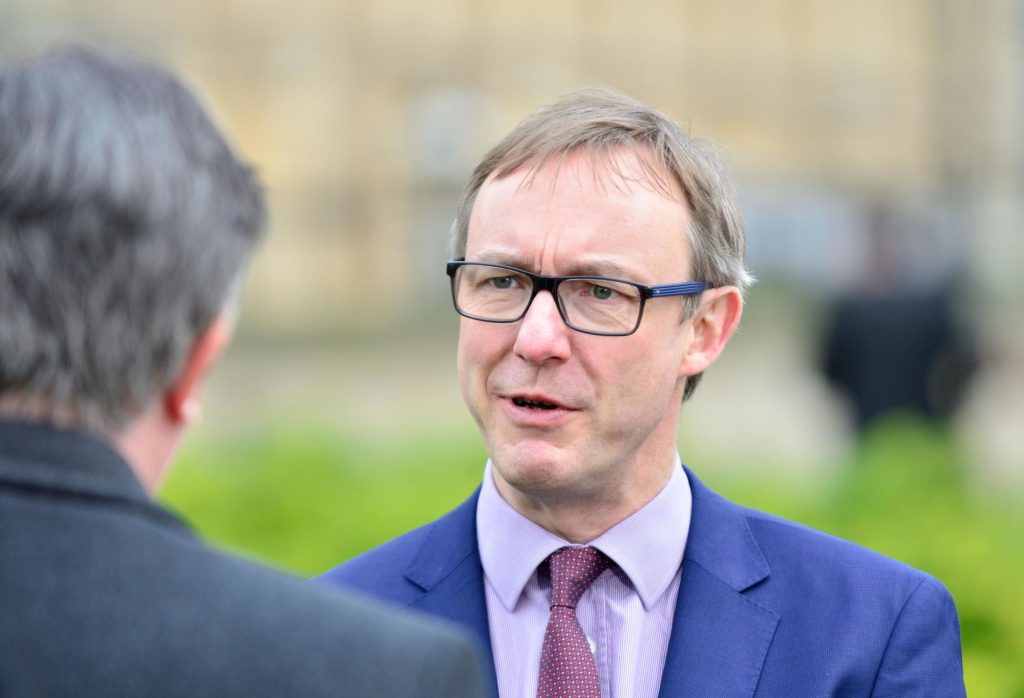With the Autumn Budget looming just weeks after the imminent Spending Review, leading economist Paul Johnson of the Institute for Fiscal Studies has warned that the government faces a “better than 50/50” chance of raising taxes later this year—and that those increases could be substantial. His stark assessment places Chancellor Rachel Reeves in a tight spot as she strives to honour Labour’s fiscal rules while responding to mounting political pressure for higher defence and social spending.
Fiscal rules under strain
Johnson’s prediction centres on the government’s own self-imposed constraints:
- Debt-to-GDP ratio must fall by 2029/30,
- Day-to-day (current) spending must be funded from tax revenues rather than borrowing.
With economic growth running below forecasts and borrowing costs rising, Johnson believes ministers may simply find themselves “forced into a corner.” Those rules, he says, are “ironclad and sacrosanct,” leaving limited room for manoeuvre if the Office for Budget Responsibility delivers more pessimistic projections than expected.
Pressure from defence and services
Two competing demands loom large:
- Defence spending committed to rise to 3% of GDP over the next decade—and possibly 3.5% under pressure from allies and senior military figures;
- Public services and welfare where many Labour MPs and campaigners are calling for fresh investment in health, education, policing and poverty relief.
Ms Reeves has already signalled that not all departments will receive their full asks. “I have had to say no to things that I want to do too,” she told delegates in Manchester, underscoring the difficult choices ahead.
Spending Review and political stakes
The Spending Review statement, due in the Commons on Wednesday, will set out multi-year departmental budgets—a key barometer of the government’s priorities ahead of the next general election. To date, ministers have announced:
- £15 billion for transport projects across the North, Midlands and West of England,
- Universal Credit-linked extension of free school meals for all qualifying children.
Yet with other Whitehall departments facing real-terms cuts, Treasury insiders admit the review will feel more like a “belt-tightening exercise” than last year’s generous settlements.
Tax rises versus spending cuts
Asked whether tax increases may have to fill the funding gap, Johnson said:
“If they’re missing the fiscal rules, then it’ll be a very difficult political judgement not to do something. They’ll pretty much be forced to, and given that they will have done the Spending Review, there won’t be a lot of choice.”
He added that while cutting welfare or pensions is politically unpalatable, raising taxes is increasingly likely. The choice of which levy to increase—income tax, National Insurance, VAT or new levies—remains a strategic decision for ministers.
Significant hikes on the cards?
Johnson suggested that any uptick in borrowing costs or downward revision of economic forecasts by the OBR could push tax rises to “reasonably significant” levels. In practical terms, this might include:
- Raising the additional rate threshold for high earners,
- Introducing or hiking windfall taxes on energy companies,
- Extending VAT to currently zero-rated services,
- Reinstating or expanding post-Brexit levies on financial services.
Each option carries political risks—particularly for vulnerable working families or businesses still recovering from the pandemic—but may be unavoidable if the Treasury’s numbers don’t add up.
Austerity or simply restraint?
Despite warnings of departmental squeezes, Johnson insists the Autumn Budget will not herald a return to full-blown austerity. Rather:
- Total public spending is still forecast to rise overall, not fall, compared to last parliament’s levels,
- Many protected areas—health, education and defence—will see real-terms increases,
- Only unprotected budgets, such as justice and local government, face modest cuts relative to inflation.
Nevertheless, for the civil servants and frontline staff in those squeezed departments, the impact will be keenly felt amid ongoing recruitment and retention challenges.
Political consequences
Labour’s leadership will need to navigate the twin threats of losing credibility with voters if services deteriorate, and fracturing party unity if new taxes hurt constituents. While Ms Reeves has emphasised the sacrosanct nature of the fiscal rules, backbench pressure is building:
- Some MPs warn of rebellion if tax rises fall disproportionately on lower- and middle-income households,
- Pressure groups are lobbying for green investment levies rather than blanket tax hikes,
- Opposition parties will seize on any perceived retreat from public service promises.
The coming weeks will thus test Labour’s ability to reconcile fiscal prudence with its pledges to invest in the economy and public welfare. For Paul Johnson, the chances of tax rises exceed fifty-fifty—and MPs of all colours will be watching closely when the Autumn Budget arrives.
